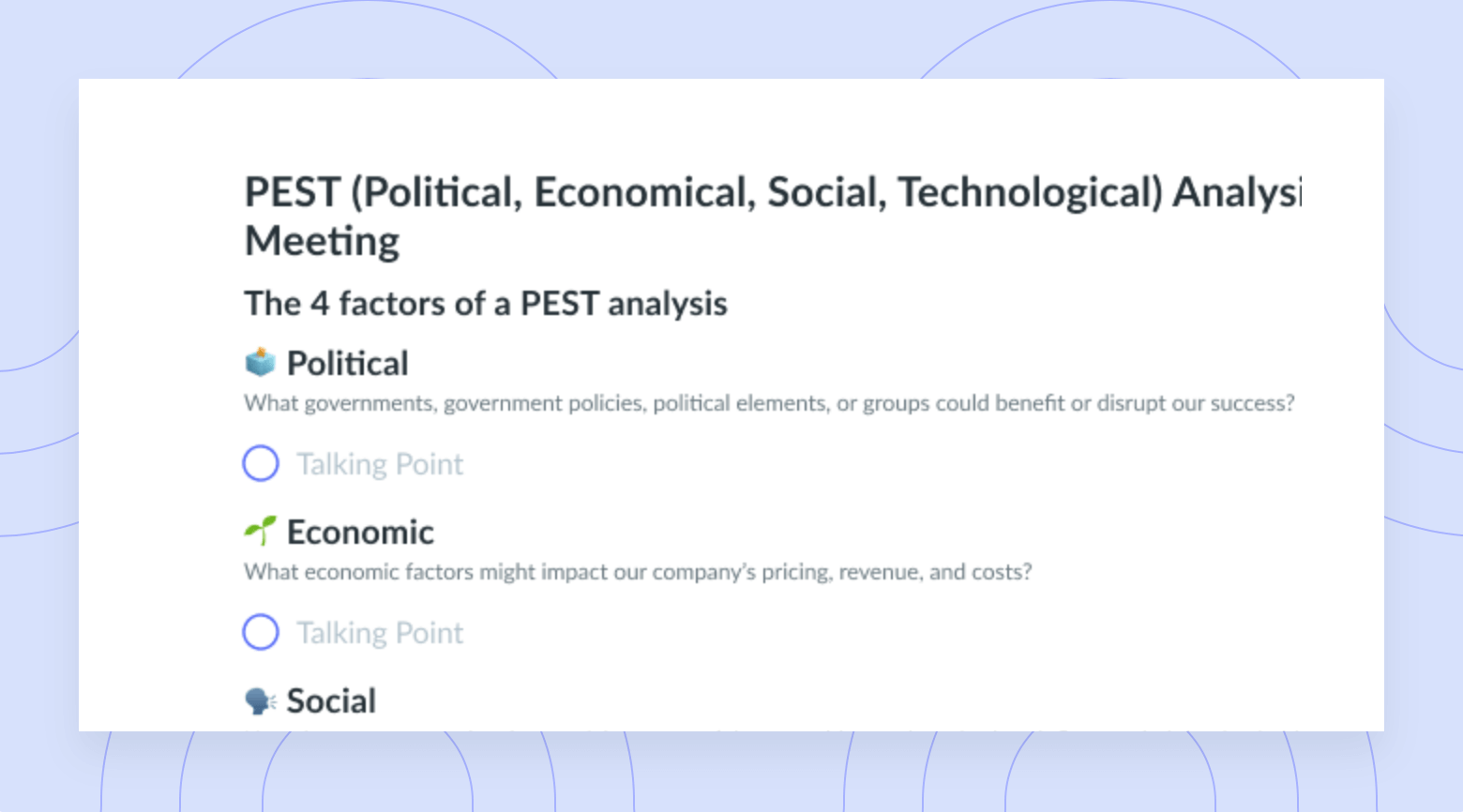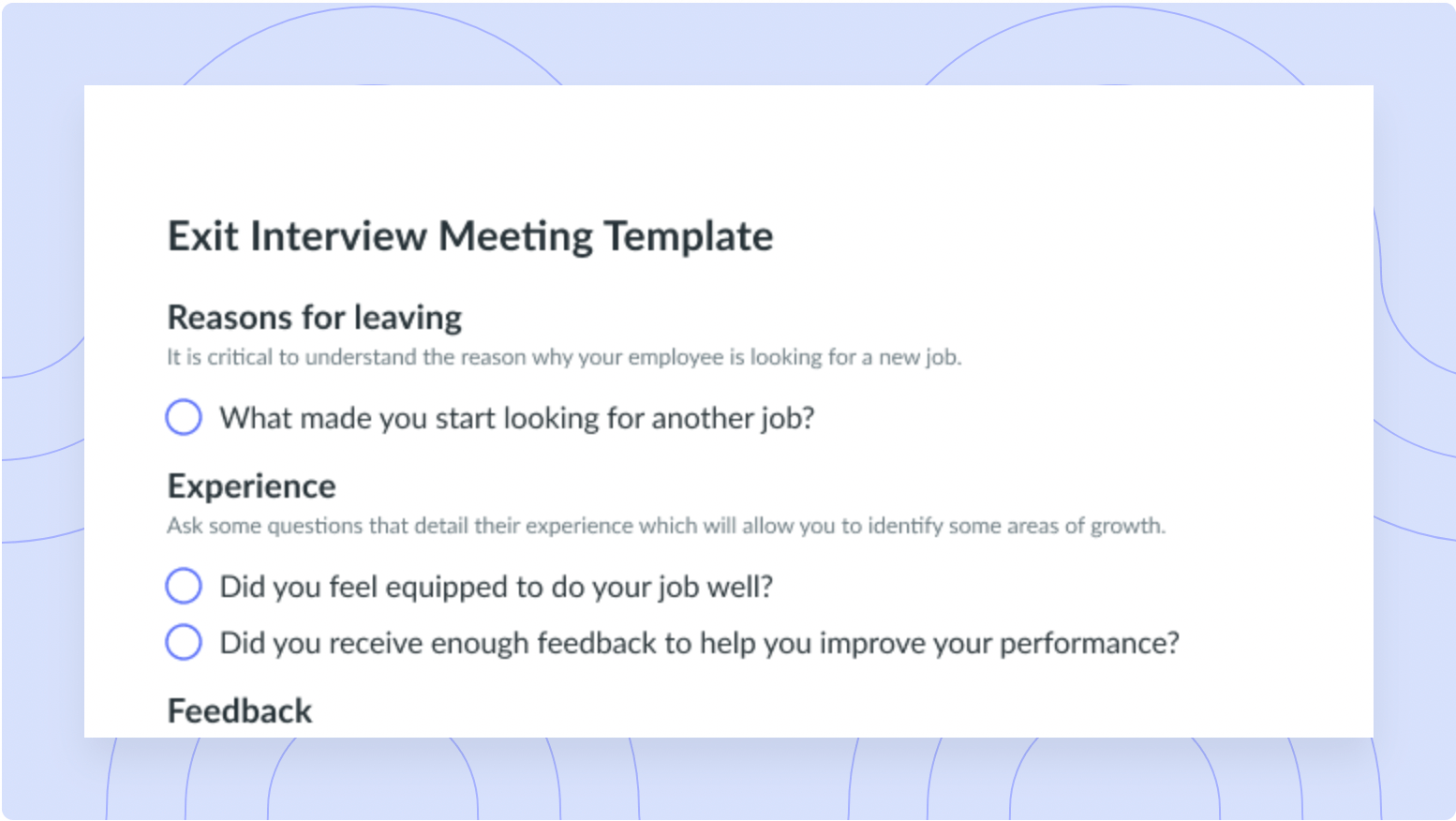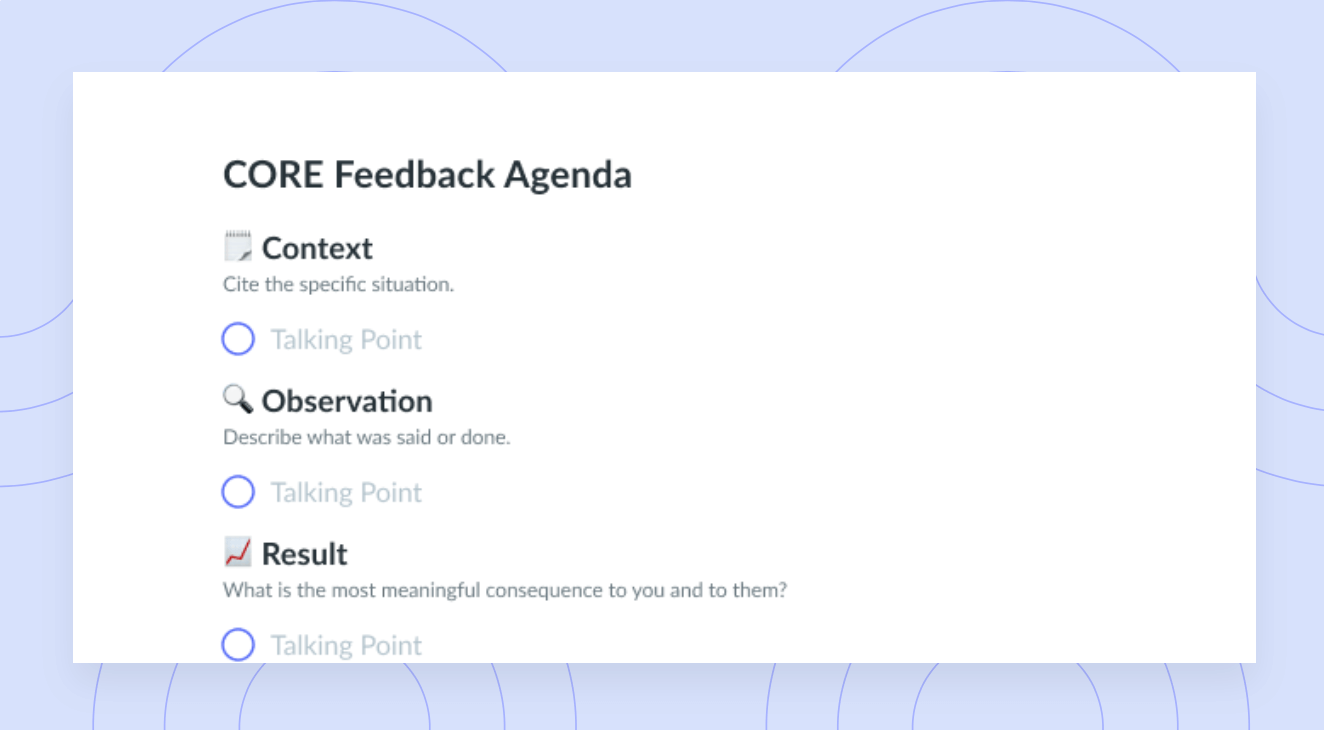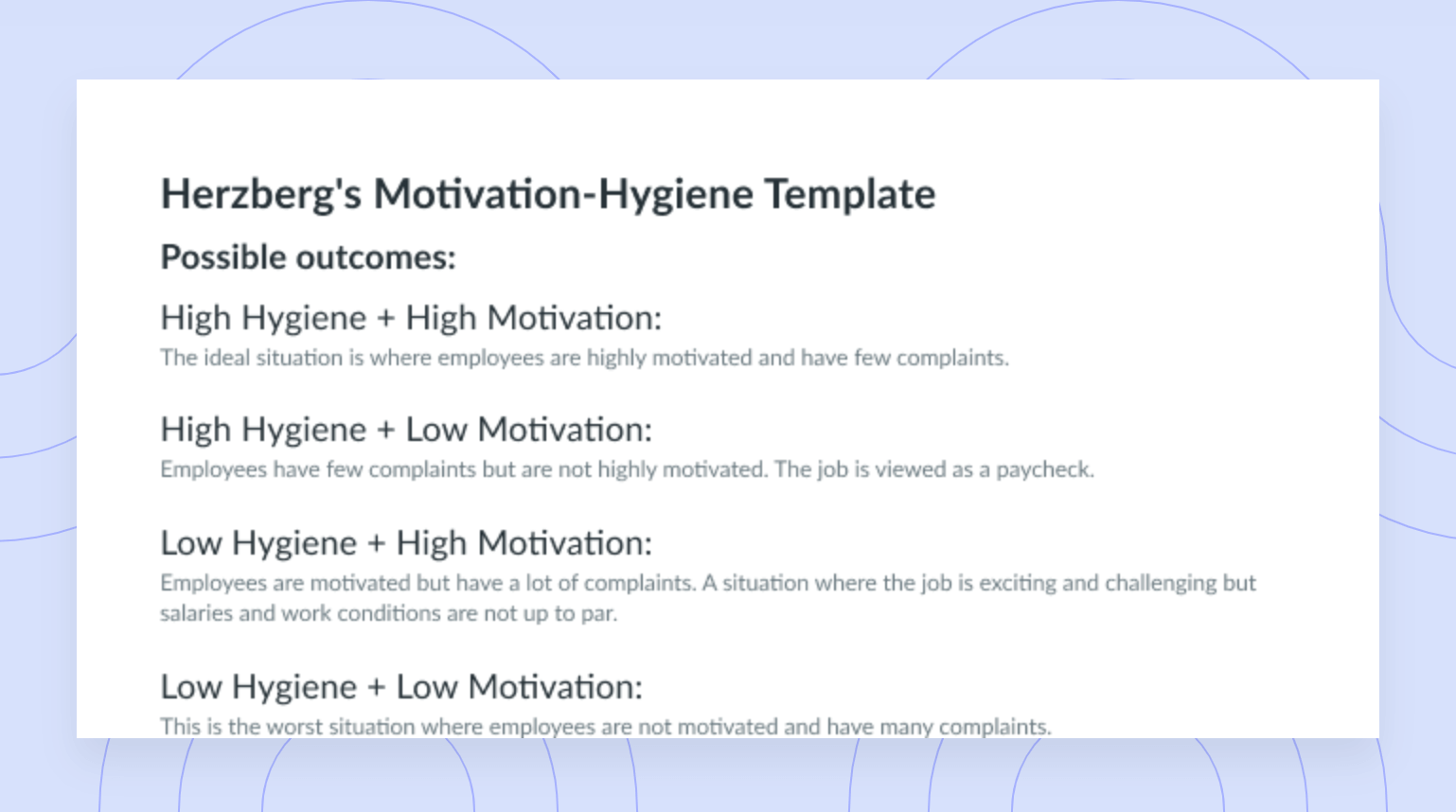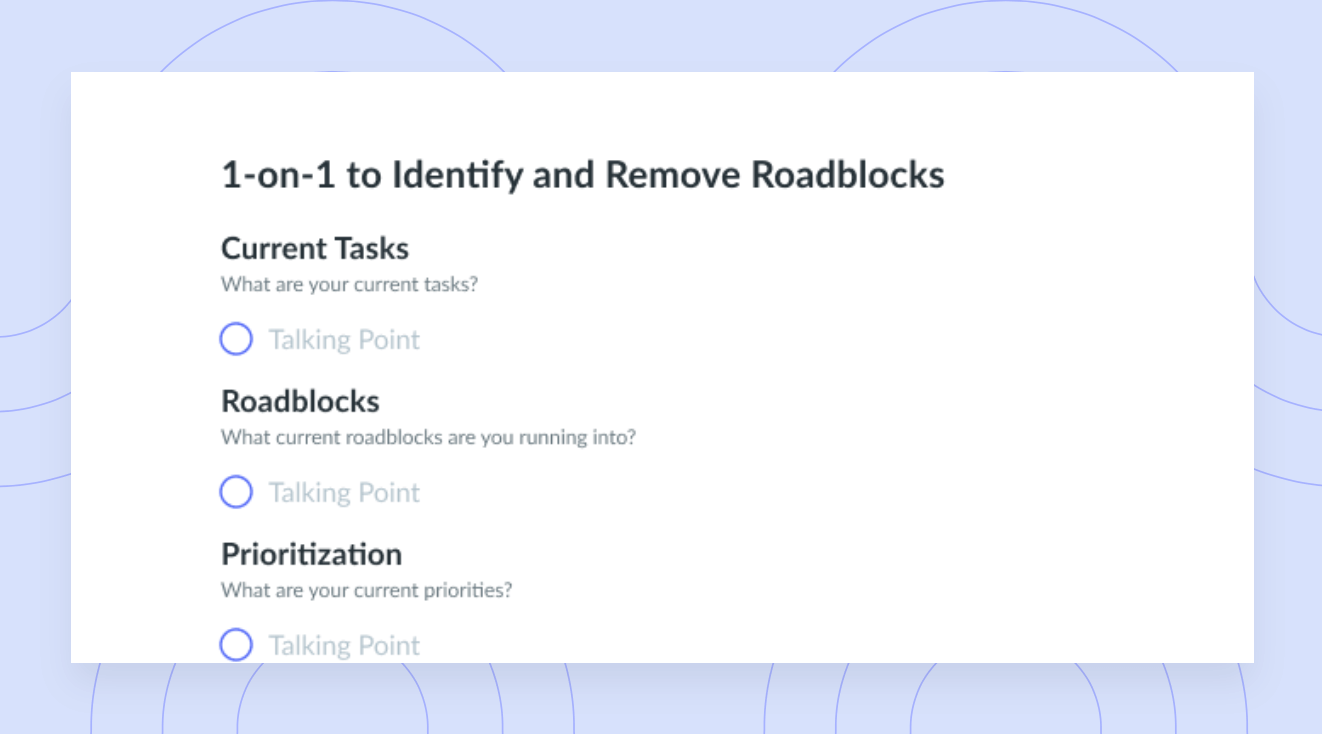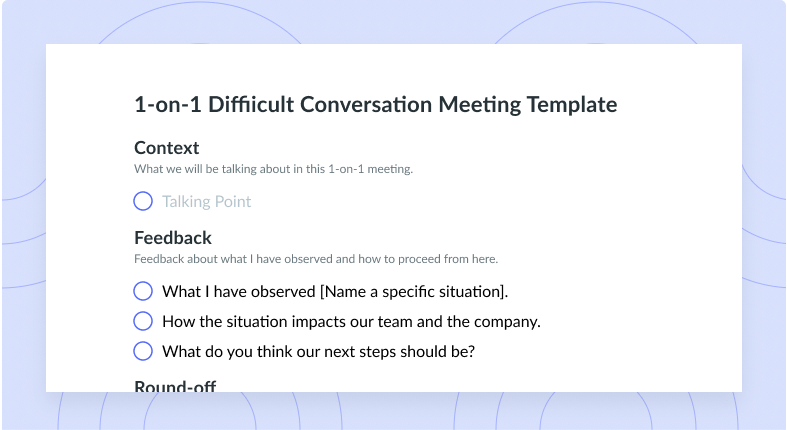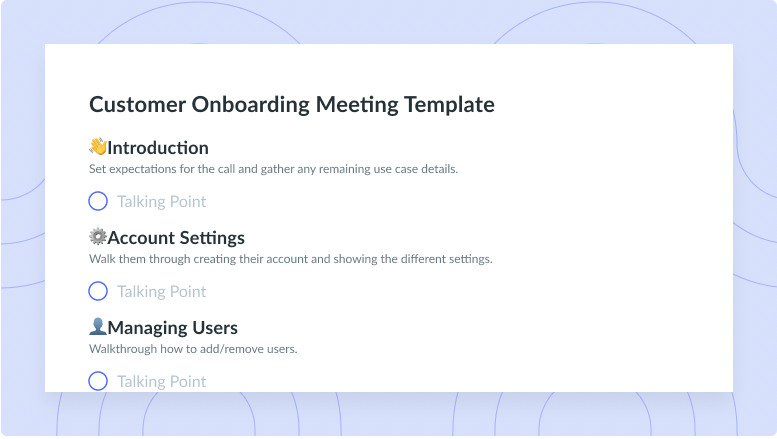Understanding and Improving Organizational Behavior in the Workplace
Learn how improving organizational behavior can contribute to a thriving workplace and all about how to build a positive workplace.
The most successful businesses are those that push boundaries and think outside the box. Instead of remaining stagnant, they are constantly looking for creative ways to improve. They don’t shy away from change and instead believe that success lies within innovation. To make internal improvements, organizations are beginning to dive into the realm of studying organizational behavior.
In an attempt to drive success and improve performance, the analysis of organizational behavior is being used to understand how employees interact with one another in addition to management, as well as what motivates them. Understanding these dynamics in the workplace can help business leaders achieve short-term goals and long-term success. In this article, we’ll dive into everything you need to know about organizational behavior, including the importance of understanding organizational behavior in the workplace and the impact of organizational behavior on employee performance.
- What is organizational behavior?
- The importance of understanding organizational behavior in the workplace
- The impact of organizational behavior on employee performance
- Building a positive workplace
- Conducting a workplace behavior assessment
- Behavioral assessment for hiring
- Behavioral assessment for learning and development
- Pros and cons of organizational behavior assessments
What is organizational behavior?
Organizational behavior is a field of study that combines psychology, sociology, anthropology, economics, and other disciplines to examine how individuals, groups, and organizations behave in the workplace. Organizational behavior researchers study a variety of topics, including leadership, communication, motivation, power and influence, decision making, group dynamics, organizational culture, and change management. These topics are studied in an attempt to identify factors that impact individual and group behavior within organizations to better understand organizational outcomes like employee performance, job satisfaction, and turnover.
The importance of understanding organizational behavior in the workplace
Understanding organizational behavior in the workplace is crucial for several reasons, including creating a more positive work environment, improving employee performance and job satisfaction, creating effective teams, managing change, and promoting diversity and inclusion. By studying organizational behavior, organizations can identify the underlying causes of employee behavior. This information can then be used to greatly improve the effectiveness of the organization by designing better practices, systems, and policies that promote positive outcomes for employees as well as the organization as a whole.

Take control of your meetings
Collaborate on meeting notes, foster accountability with action items, and grow with meaningful feedback. Try Fellow today!

The impact of organizational behavior on employee performance
- Employee engagement and motivation
- Workplace communication and collaboration
- Leadership and management
1Employee engagement and motivation
Understanding the impact of organizational behavior on employee performance is crucial when creating a positive workplace. If you understand how the environment impacts the people within it, you’ll be able to make positive changes that lead to greater engagement and motivation. The more positive the workplace, the more inclined employees are to contribute to the greater good.
2Workplace communication and collaboration
It’s important to note that organizational behavior can influence how peers within the workplace communicate with each other. For example, if an organization has an open and transparent culture, employees may be more likely to communicate freely without fear of retribution. If the organization fails to foster an environment where employees feel comfortable speaking up and communicating freely, communication may be more formal and less open.
Organizational behavior can impact how teams collaborate and determine how well they work together. If an organization encourages collaboration and teamwork, employees may be more open to working together. If an organization doesn’t prioritize collaboration, employees may be more inclined to work independently and may resist opportunities to work with their peers.
3Leadership and management
Good things come from the top down, which is why leadership and management need to have an in-depth understanding of their organizational behavior. Understanding these behaviors will help leadership and management better understand organizational outcomes like employee performance, job satisfaction, and turnover. These insights can then be used to improve internal processes and systems from the top down, helping to create a more positive relationship between management and staff.
Building a positive workplace
Organizational behavior assessments can help build a positive workplace by providing rich insights into the strengths and weaknesses of an organization’s culture, processes, and leadership. These insights can then be used to identify areas for improvement, foster open communication, increase employee engagement, promote diversity and inclusion, and develop effective leadership.
Tools like Fellow help create a more positive work environment by allowing team members to collaborate more effectively, set goals and track progress, and provide valuable, timely feedback to one another. Fellow also helps managers and leaders better understand their team members’ strengths and weaknesses and how they can use this information to improve overall organizational behavior. Click here to learn how teams are using Fellow to improve organizational behaviour.
1Characteristics of a positive workplace
A positive workplace is one in which employees feel supported, heard, and understood. Characteristics of a positive workplace include:
- Work-life balance
- Open communication
- Supportive management
- Recognition and appreciation
- Respectful and inclusive culture
- Positive relationships among peers
- Opportunities for growth and development
2Best practices of a positive workplace
Fostering a positive workplace requires trust among peers and management, which can be achieved by fostering transparency and creating an open line of communication. A positive workplace will also provide opportunities for growth and development while encouraging collaboration and teamwork, which can be achieved by creating an environment that embraces regular feedback and communication. Another incredibly important practice among positive workplaces is recognition and appreciation. In a positive workplace, leadership will prioritize their people and make a point of recognizing and appreciating everyone’s positive contributions.
Conducting a workplace behavior assessment
To conduct a workplace behavior assessment, individuals, groups, and the organization as a whole must be assessed by an organizational behavior researcher to identify areas of improvement and develop strategies that resolve these issues. A behavioral researcher will first identify the objectives of the behavior assessment, develop assessment tools, collect data, analyze the data, and develop recommendations. It’s then up to the organization to implement the recommended improvements, which may involve developing an action plan, communicating changes to employees, and providing training and support for employees and managers. During the implementation phase, it’s important to monitor and evaluate progress to determine the effectiveness of the recommended changes. This may include collecting additional data, conducting follow-up surveys, or assessing employee satisfaction and performance.
When conducting a workplace behavior assessment, it’s important to note that there are four elements of organizational behavior including people, structure, technology, and the external environment. These factors can either create opportunities or pose threats to an organization, and it is essential to understand and adapt to them accordingly when conducting a behavioral assessment. Take an organization operating in the retail sector for example. In order to remain competitive, an organization operating in the retail sector must stay current and up to date on changes in consumer behavior, industry trends, market shifts, technological advancements, and legal requirements. Failure to adapt and embrace these external factors may result in lost profits, diminished market share, and in the worst case scenario, bankruptcy. The organization’s ability to pivot accordingly can be the difference between long-term success and failure.
Behavioral assessment for hiring
Behavioral assessments are an excellent resource that can be leveraged by recruiters or hiring managers to determine whether or a candidate is suited for the job. This practice involves evaluating the behavior of the job candidate to determine whether they have the necessary skills, personality traits, and values. This can be done by identifying job requirements, developing assessment tools, administering assessment tools, analyzing the results, and using the results to make an informed hiring decision.
Behavioral assessment for learning and development
Behavioral assessments can be leveraged to enhance employee performance by identifying areas of improvement and implementing strategic learning opportunities that enhance employee performance. This practice involves evaluating the behavior of employees to identify areas for improvement and develop strategies for enhancing performance. This can be done by identifying learning objectives, developing assessment tools, collecting data, analyzing the insights, developing, and implementing recommendations, and monitoring and evaluating progress.
Pros and cons of organizational behavior assessments
Organizational assessments provide many undeniable benefits, including understanding employee engagement and satisfaction, improving workplace culture, boosting employee morale, and heightening performance. While there are many benefits, there are also drawbacks. One major drawback of leveraging organizational assessments to access workplace behaviors is a lack of participation. Employees are often resistant to participating in the assessment process due to concerns about confidentiality, fear of retribution, or a lack of trust. An additional potential drawback is the financial commitment of conducting behavior assessments. These are often incredibly costly and time-consuming studies.
Pros: Pros include understanding employee engagement and satisfaction, improving workplace culture, boosting employee morale, and increasing overall performance.
Cons: Cons include lack of participation, due to fear of retribution or a confidentiality breach, and financial commitments that arise as a result of conducting behavioral assessments.
Improve organizational behavior in your workplace today
Several factors influence the behavior of an organization and the individuals that work within the company. Understanding these influences is crucial in making improvements that lead to sustainable growth, which is why understanding and improving organizational behavior in the workplace is so important. Learning about organizational behavior can help you understand the importance of its factors within a thriving workplace.









